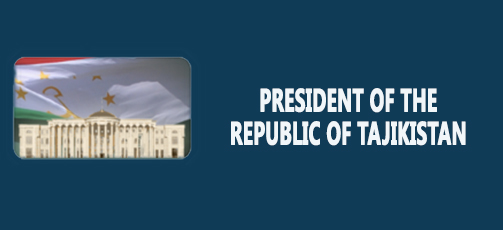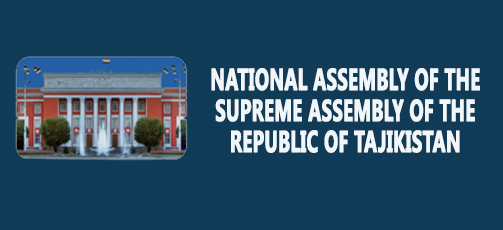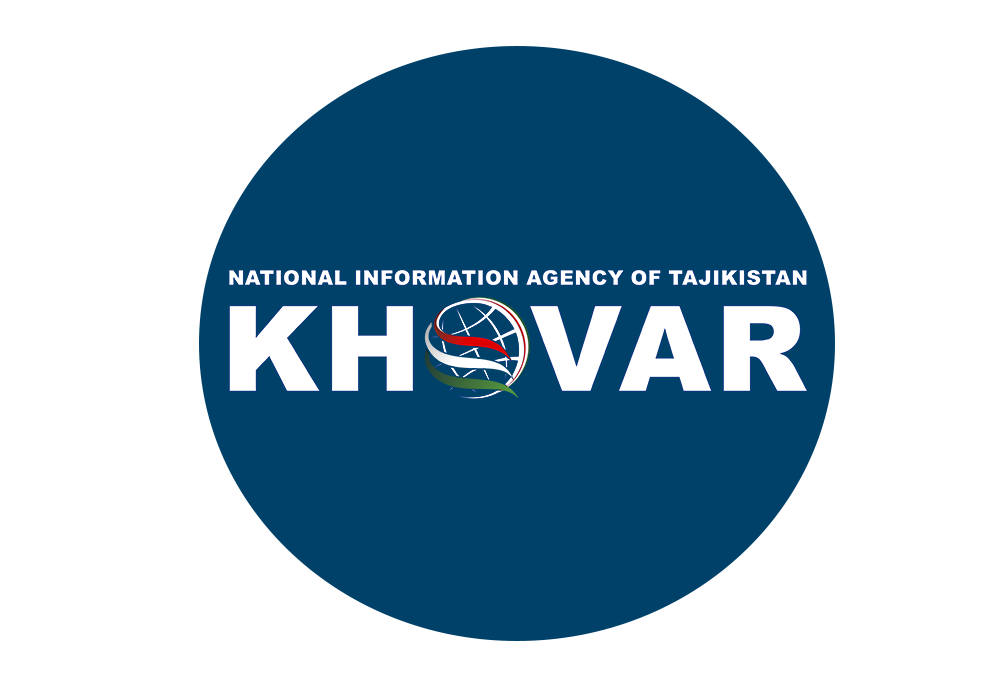Central Asia and China: A Partnership of Mutuality
Read also
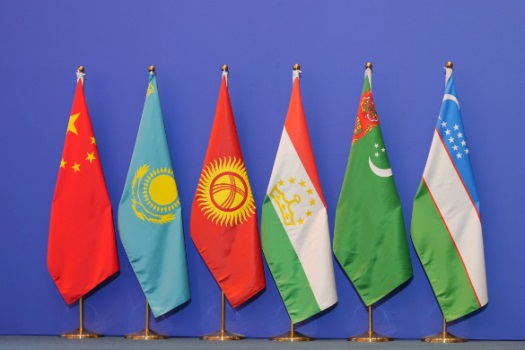
DUSHANBE, 12.05.2023 (NIAT Khovar) – In the coming days, a meeting of the leaders of China and the Central Asia countries is planned to be held in the Chinese city of Xi’an. In this regard, Khovar publishes below the material of the Beijing-based international affairs commentator Yi Fan.
— Thirty-two years ago, the five countries in Central Asia gained independence.
In January 1992, China was among the first to establish diplomatic ties with the five countries.
Since then, China has established comprehensive strategic partnerships with all five Central Asian countries, or the C5. The Belt and Road Initiative is making a positive difference in the region. And the inaugural Central Asia-China Summit will soon open in Xi’an.
The two sides thoroughly settled their inherited boundary issues in good neighborliness and good faith. For both China and Central Asia, securing their shared border of over 3,300 kilometers is vital for national security and economic planning. Equally imperative for both is to rid the neighborhood of the perennial menaces of terrorism, separatism and extremism.
This led to the creation of the Shanghai Cooperation Organization (SCO) and the Ministerial Meetings of Neighboring States of Afghanistan.
In September 2013, Chinese President Xi Jinping suggested in Kazakhstan for the first time that it might be a good idea to jointly map out an economic belt along the ancient Silk Road. Together with the revival of the maritime Silk Road a month later, this became known as the BRI.
Tajikistan became the first C5 country to sign BRI cooperation documents with China, a move soon followed by the other four countries. They remain committed to the partnership ten years on.
The BRI works because it is an open-ended process. Every step of the way, partners talk through the details and act on their agreed road-map. It gives ownership to those who take part in it. Again, the spirit of equality and mutual benefit.
Moreover, the BRI delivers. It builds big infrastructure projects, such as the China-Central Asia natural gas pipeline, China-Kyrgyzstan-Uzbekistan highway, and the Qamchiq tunnel. It brings two-way trade in 2022 to a record $70,000 million, up from a mere $460 million in 1992. Nearly 80 percent of the China-Europe Railway Express trains run through Central Asia; during COVID, this was a lifeline for essential supplies.
But if you look deeper, the roots for the thriving cooperation are cultural. Central Asia shares a multifaceted bond with western China. People-to-people exchanges across the Tianshan Mountain, also known as Tengri Tagh, started 2,000 years ago and are much more robust today. A recent example would be Kristina Grigoryan from Turkmenistan and her short documentary film “The Song of New China” which went viral on Chinese social media. Central Asians and Chinese enjoy each other’s classic literature, work together to produce movies and unearth cultural relics, and stand firmly with one another in the face of COVID and other transnational challenges.








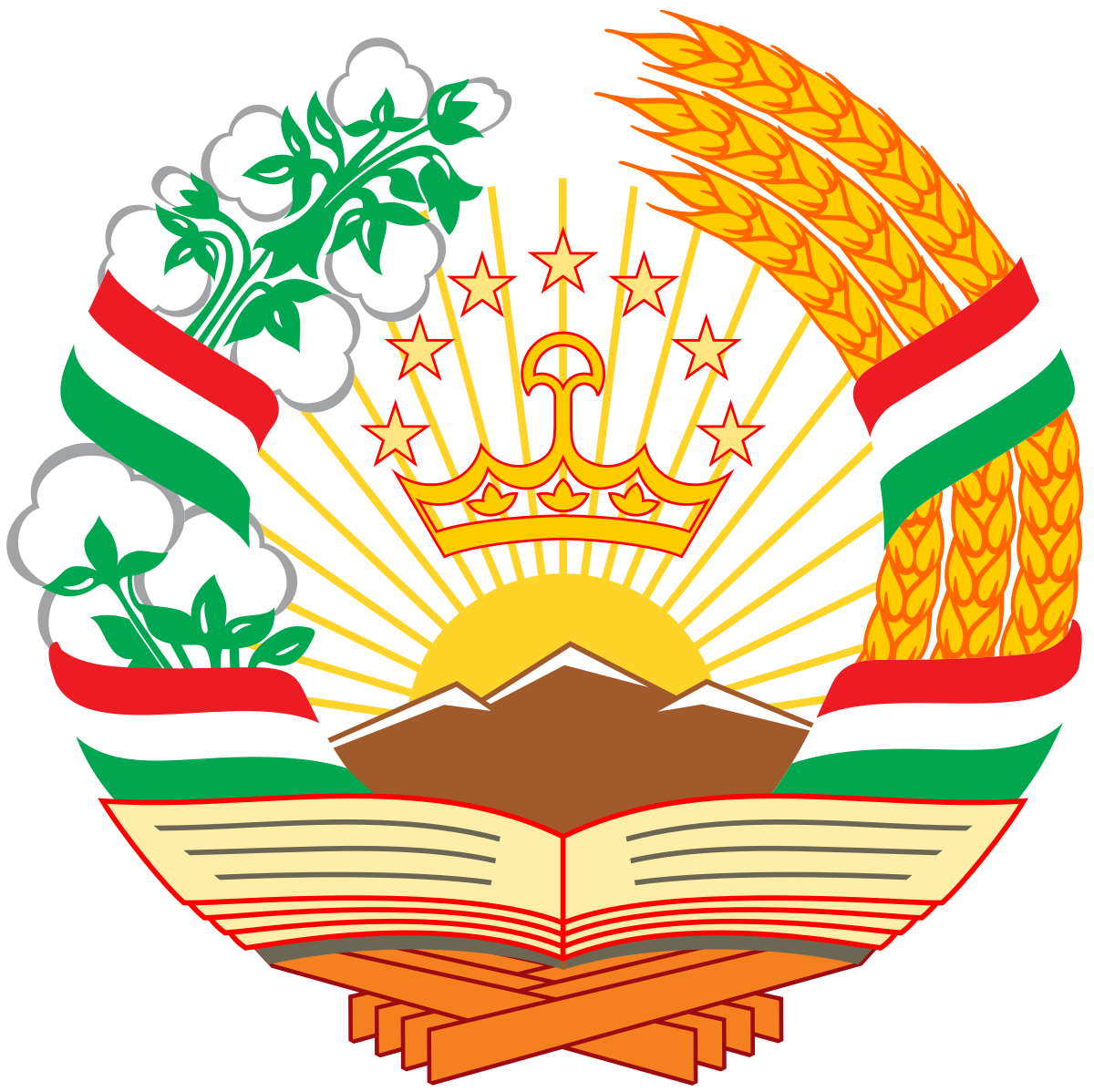

 Countdown Begins: Global Firms Line up to Participate in CIIE 2024
Countdown Begins: Global Firms Line up to Participate in CIIE 2024








